Mole removal
Mole (nevi) removal is an outpatient medical procedure aimed at eliminating benign skin neoplasms. Despite their apparent harmlessness, some of them may change over time, become injured, and there is also a risk of malignant degeneration.
In the K+31 clinic in Moscow, mole removal is performed using modern methods - laser, radio wave and surgical. All procedures are performed after diagnosis and have good reviews from patients. The cost of the service in the network of medical centers is calculated individually, taking into account the scope of intervention and the chosen method. The preliminary price in rubles can be found in the price list on the website or by phone.

specialists

equipment

treatment
Danger and indications for removal
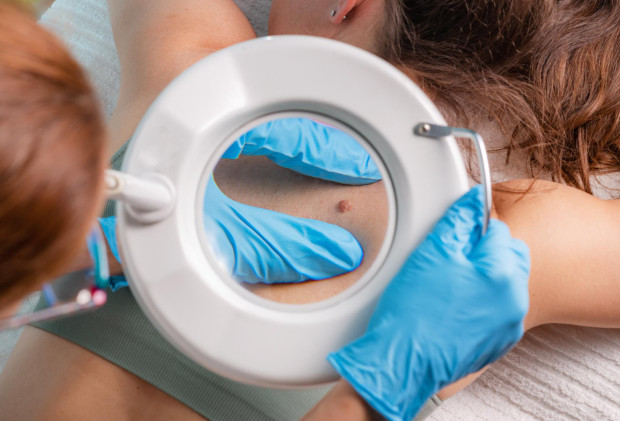
Most moles are benign and do not require intervention. But in some cases they can be potentially dangerous, as there is a risk of degeneration into melanoma or malignant skin tumor.
Worrying signs that require a visit to the doctor include:
- Increase in mole size
- Change in color, shape or appearance of asymmetry
- Itching, burning, soreness
- Appearance of cracks, bleeding or crusts
- Inflammation or compaction around the formation
- Frequent mechanical damage
It is not advisable to remove all moles, except in cases where they cause severe aesthetic discomfort or cause psychological inconvenience.
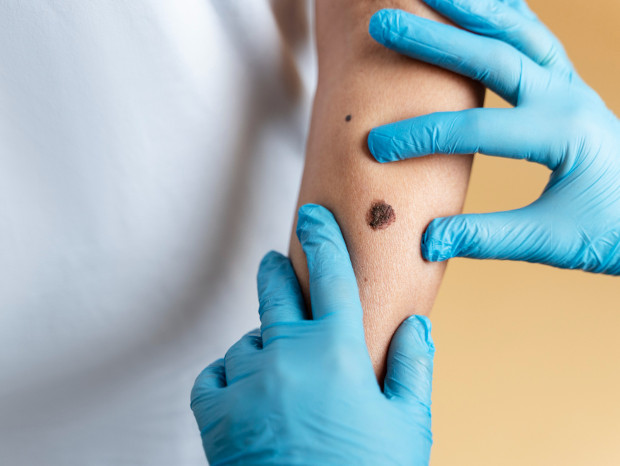
Surgery is indicated in the presence of the following factors:
- Clinical or dermatoscopic signs of atypia
- Location of the neoplasm in places of constant mechanical impact
- Appearance of a large number of new formations
- Presence of several moles that change
- Hereditary predisposition to melanoma or other forms of skin cancer
- A sharp increase in the size of the mole
- Violation of the integrity of the nevus surface for no apparent reason
Timely diagnosis and removal of suspicious neoplasms is a key step to maintaining health and preventing serious consequences.
Possible consequences
The most common adverse reactions after the procedure:
- Redness and swelling in the area of intervention is a normal skin reaction that goes away on its own within 1-3 days
- Scar formation is possible with deep or surgical removal, especially with an individual tendency of a person's skin to scarring
- Pigmentation or depigmentation is a temporary darkening or lightening of the skin at the site of removal, most often reversible
- Slow healing is possible with a low ability of the skin to regenerate, diabetes, frequent trauma to the intervention area
- Inflammation can occur due to non-compliance with hygiene rules, infection, or self-removal of the crust
- An allergic reaction to anesthetic is a rare occurrence, to prevent it, an allergy test is performed before the procedure
- Recurrence of the formation is possible with incomplete removal of deep located tissues
A timely appointment and visit to the doctor when atypical symptoms appear (severe pain, pus, redness, tissue regrowth) allows you to quickly eliminate complications.
In exceptional cases, malignant degeneration of the formation may be missed. Therefore, it is important to perform removal only after diagnosis and not refuse to conduct histology.
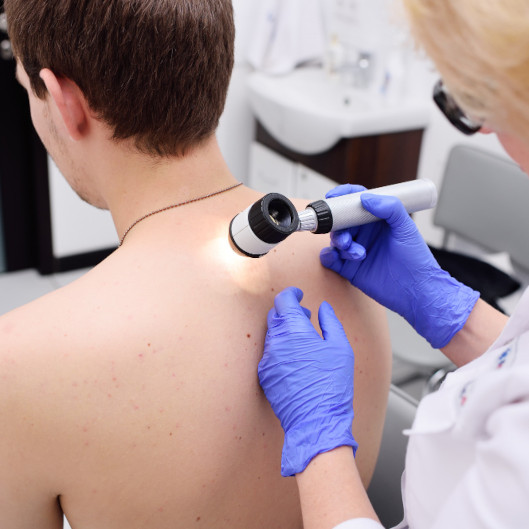
Frequently asked questions
What type of anesthesia is used during the procedure?
Local anesthesia is used to remove moles. Usually, anesthetic is injected. The effect occurs in 2-5 minutes and lasts throughout the procedure. General anesthesia is not used to remove moles, since the intervention is minimally invasive.
Is mole removal safe?
Yes, with preliminary diagnostics and compliance with medical recommendations. Modern and accessible methods (laser, radio waves, surgery) are minimally invasive and are performed under local anesthesia. The key condition is mandatory diagnostics, especially dermatoscopy, to exclude the malignant nature of the formation. It is also important to follow the rules of care after the procedure. Removal at home or in beauty salons without medical supervision can be dangerous.

This award is given to clinics with the highest ratings according to user ratings, a large number of requests from this site, and in the absence of critical violations.

This award is given to clinics with the highest ratings according to user ratings. It means that the place is known, loved, and definitely worth visiting.

The ProDoctors portal collected 500 thousand reviews, compiled a rating of doctors based on them and awarded the best. We are proud that our doctors are among those awarded.
Make an appointment at a convenient time on the nearest date
Price

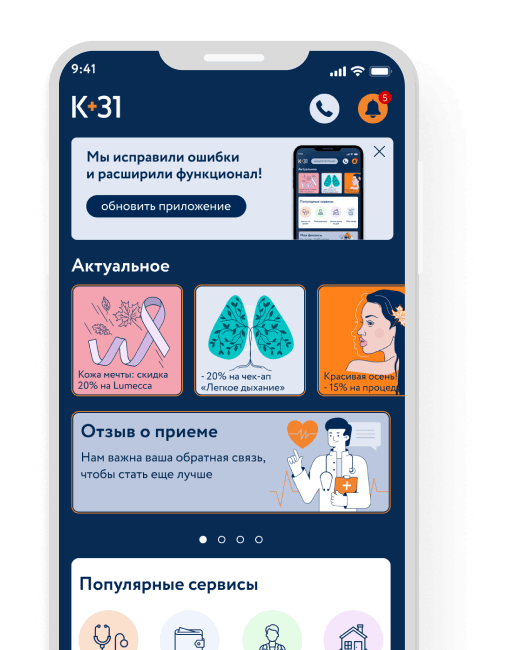





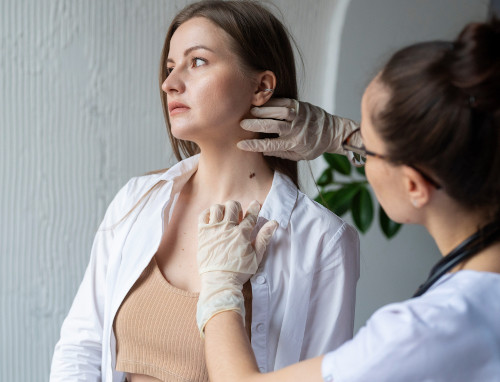
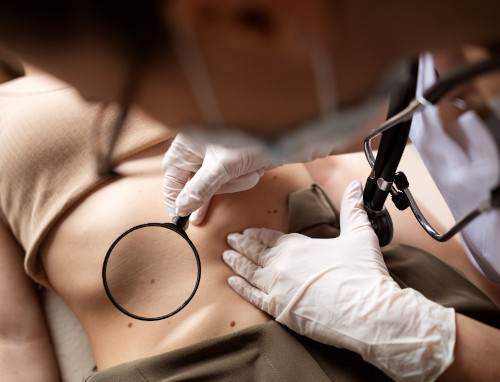
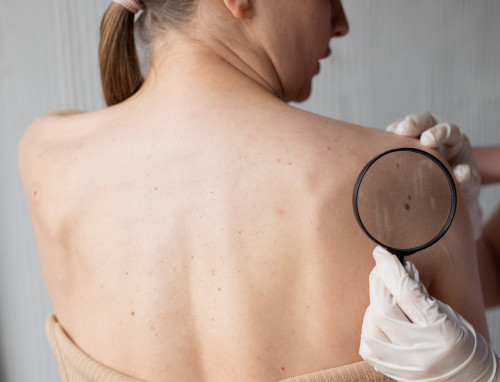




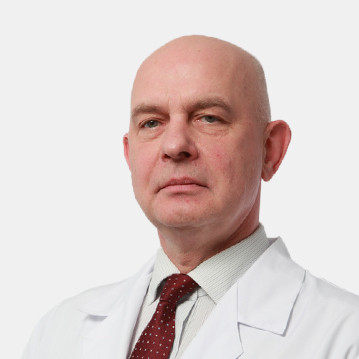











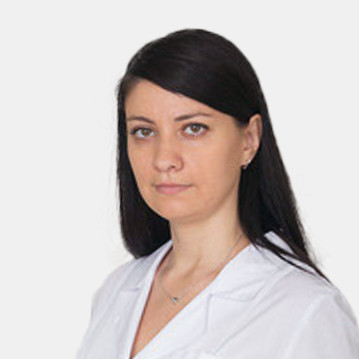
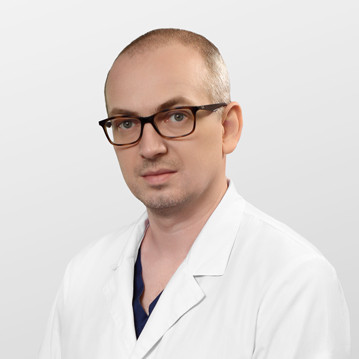

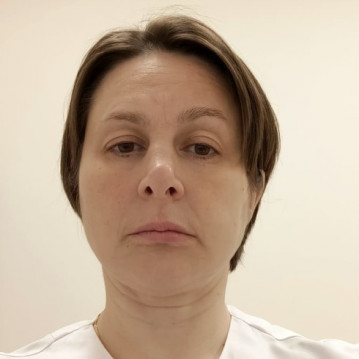












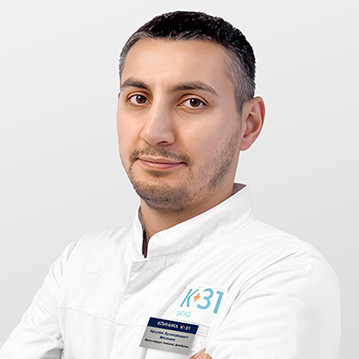

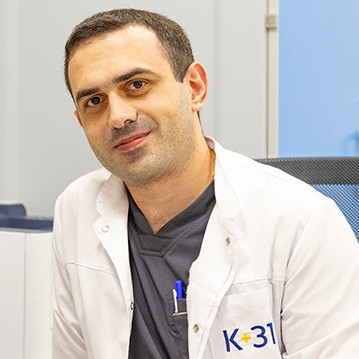

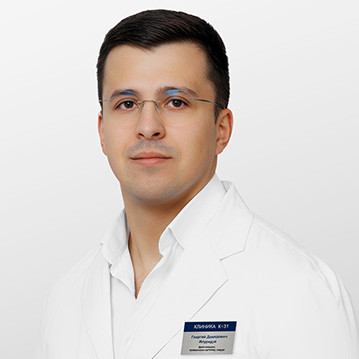


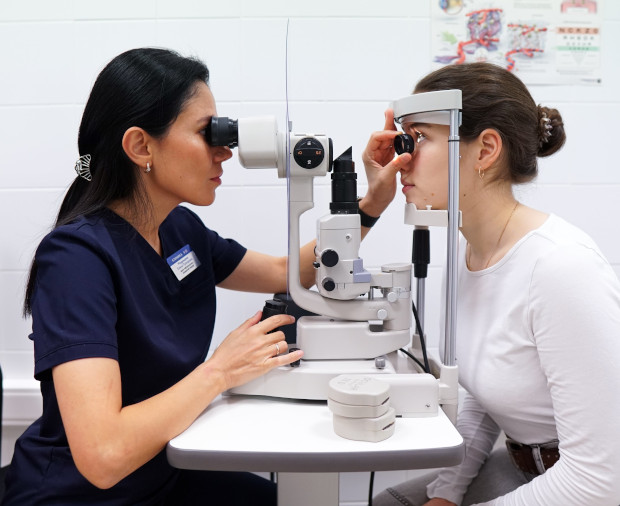

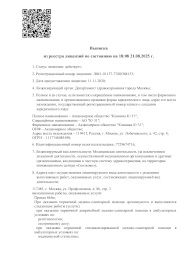
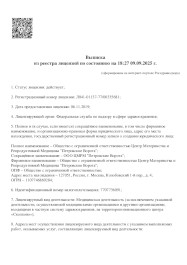
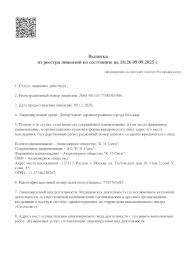
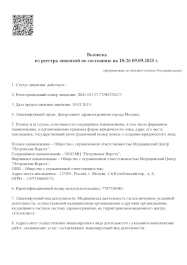
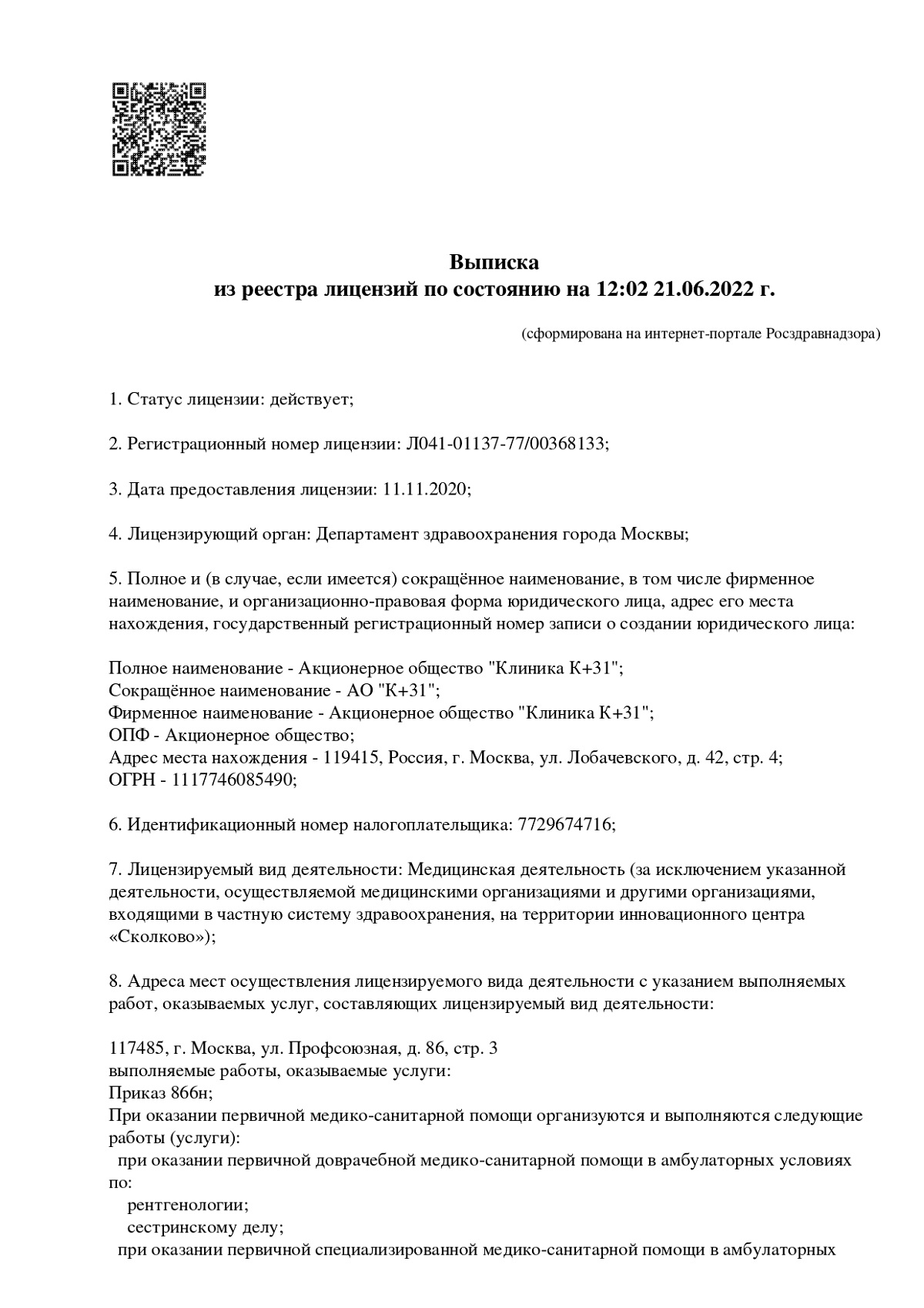
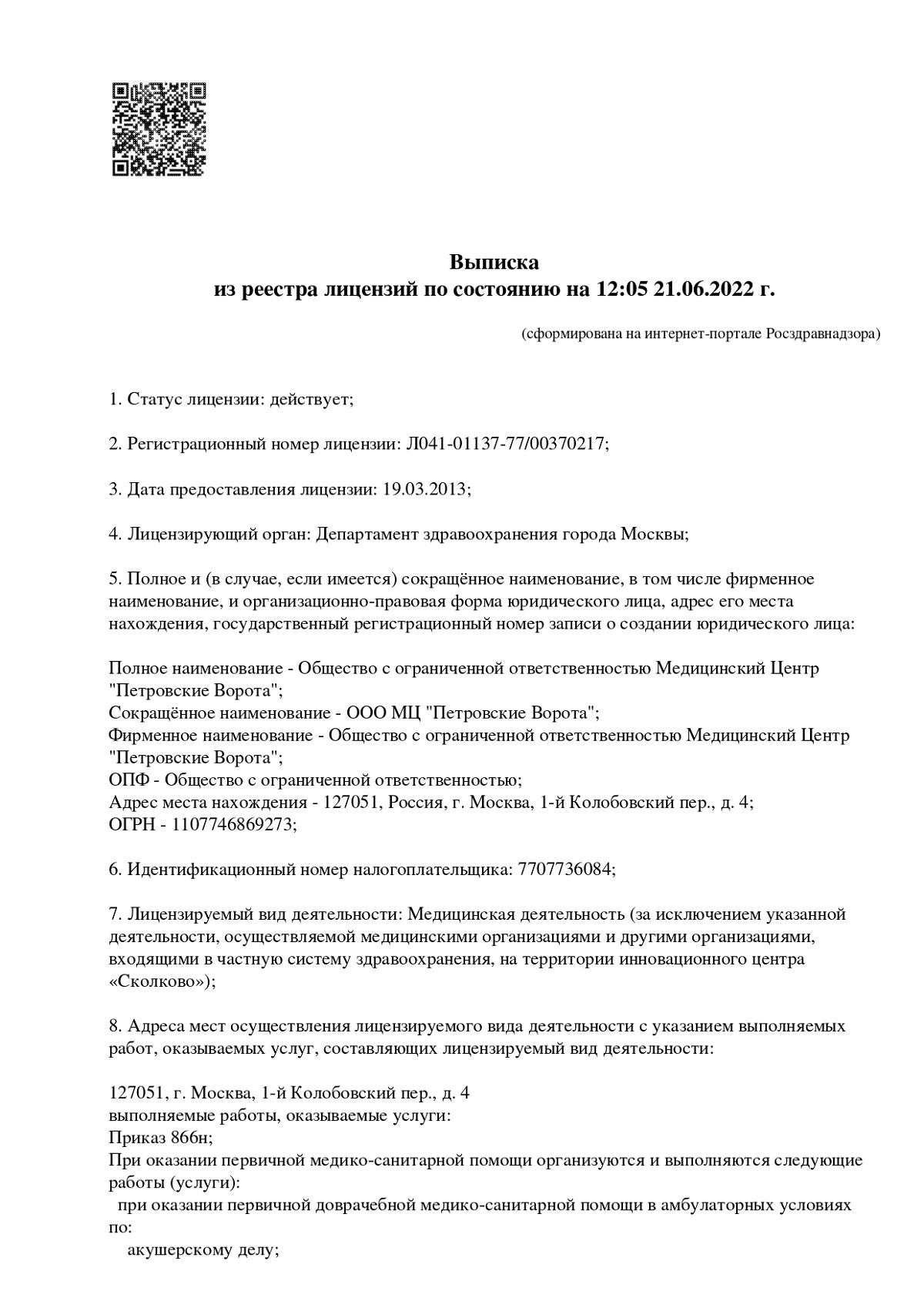
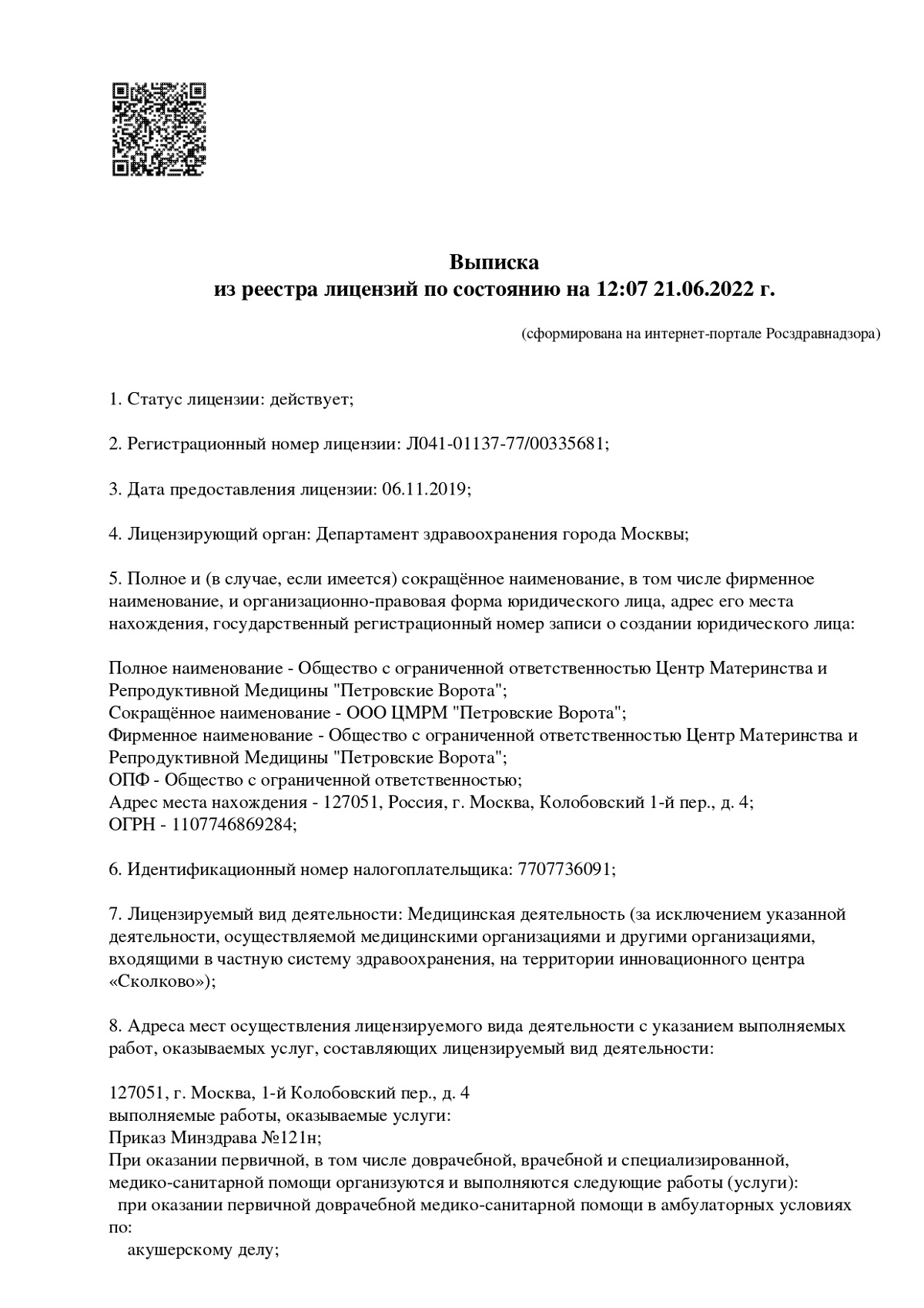
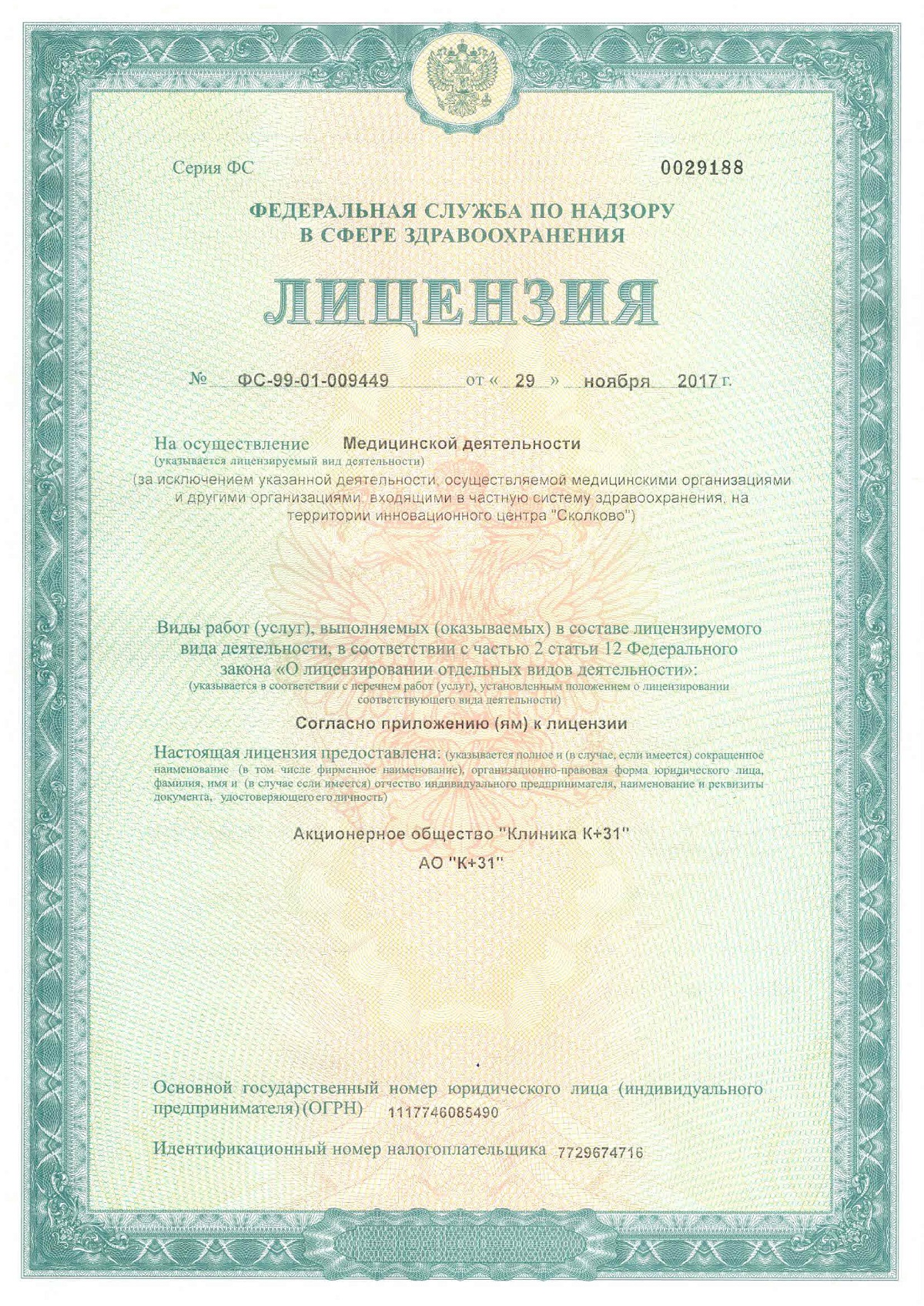
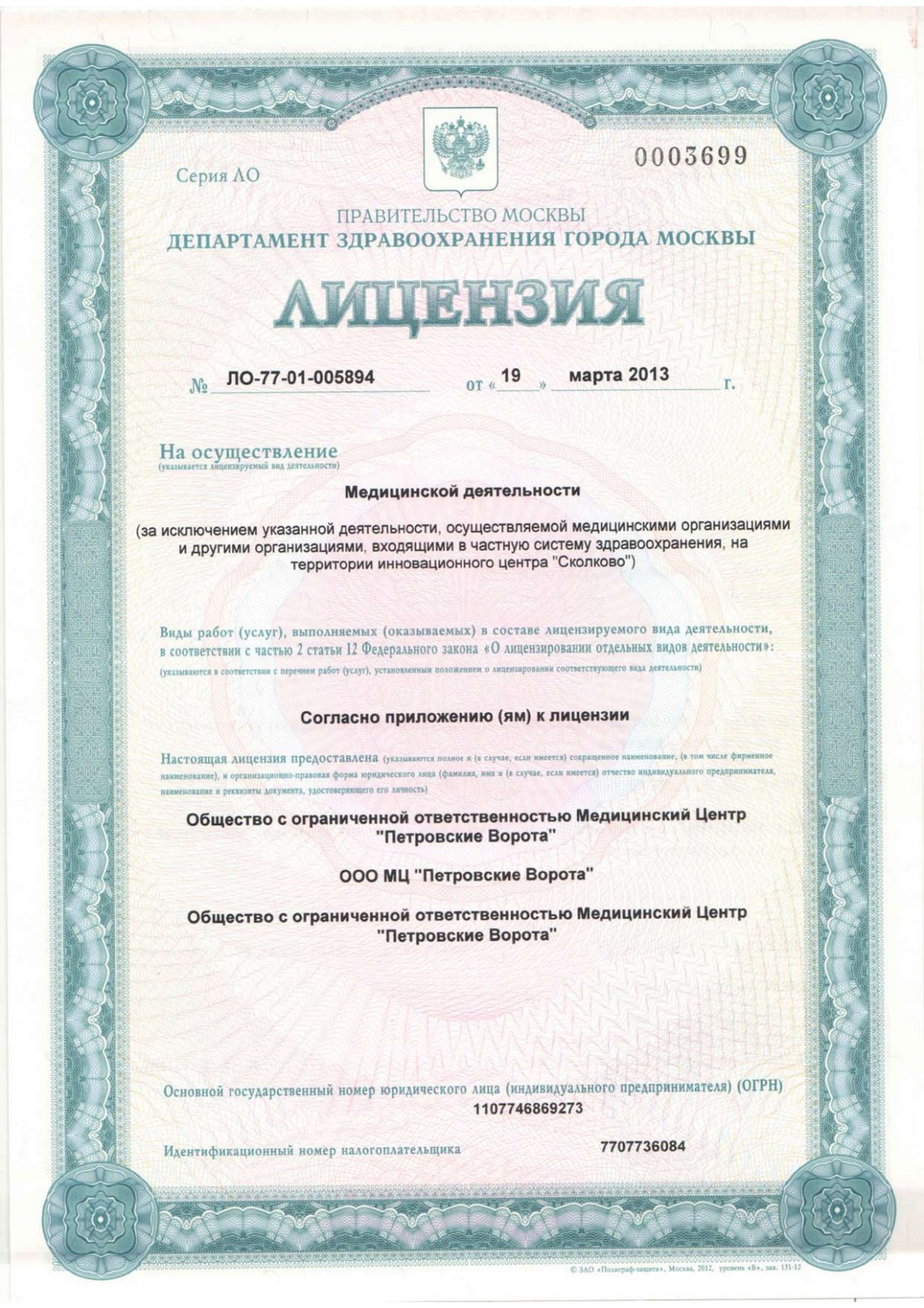
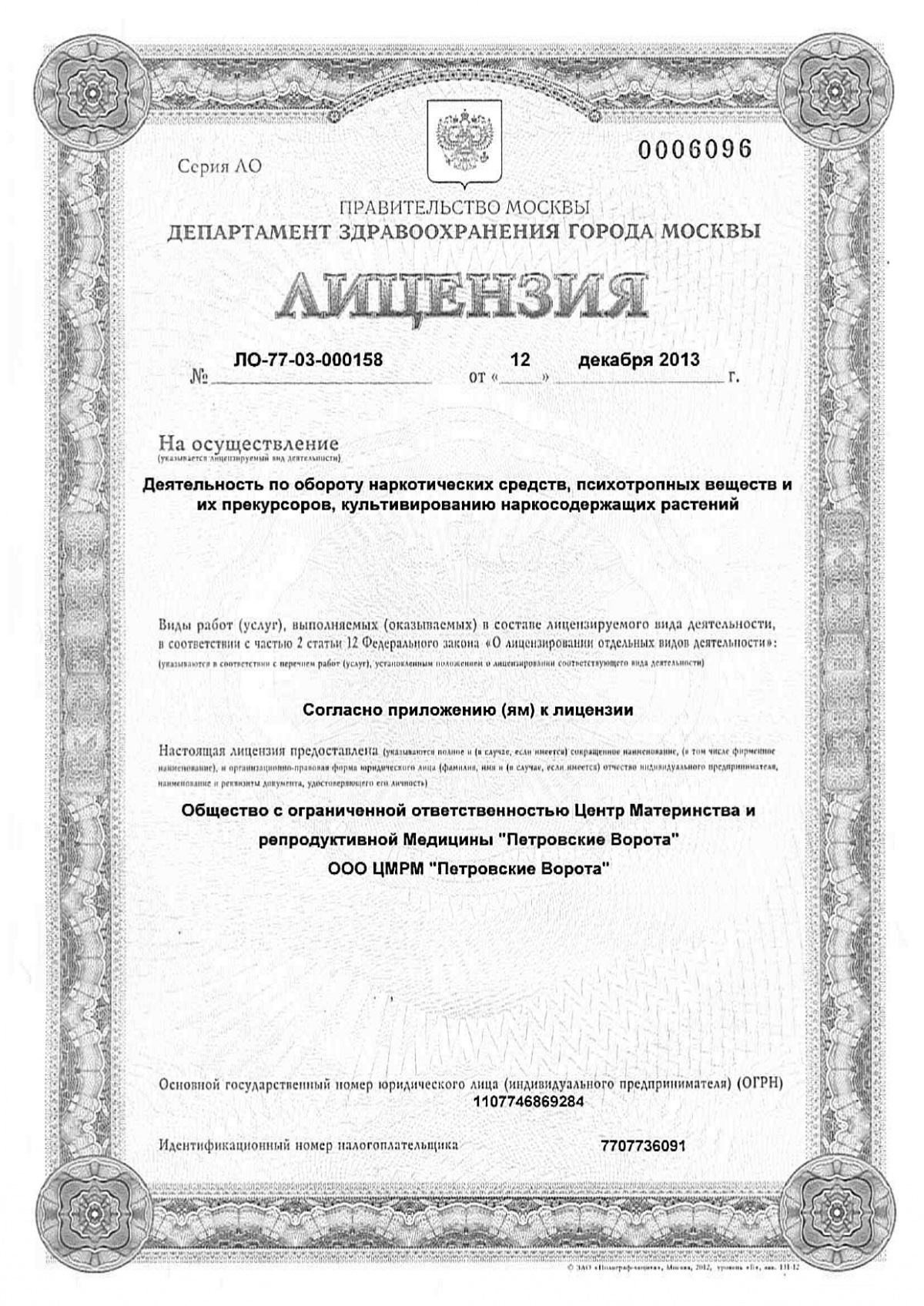
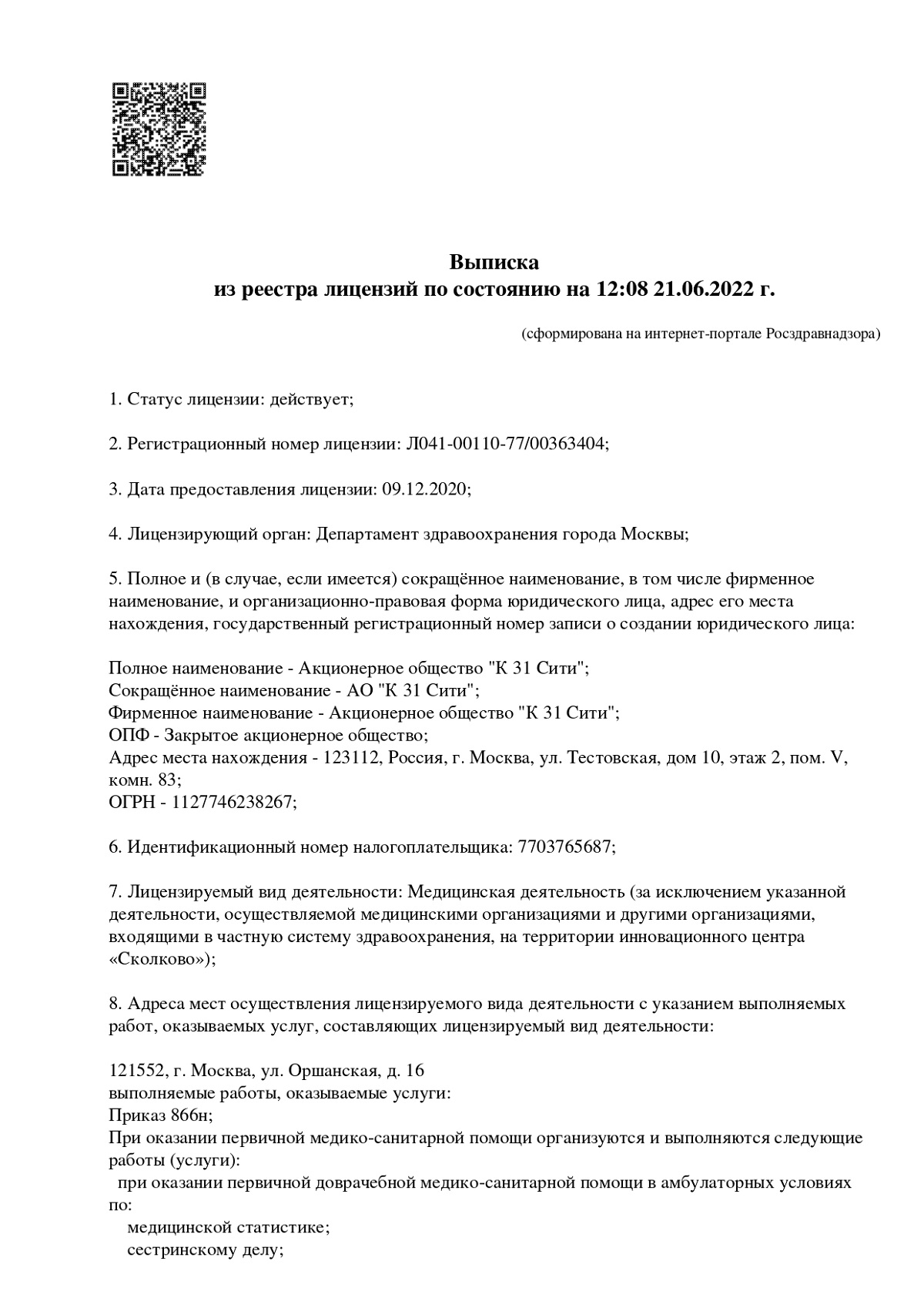
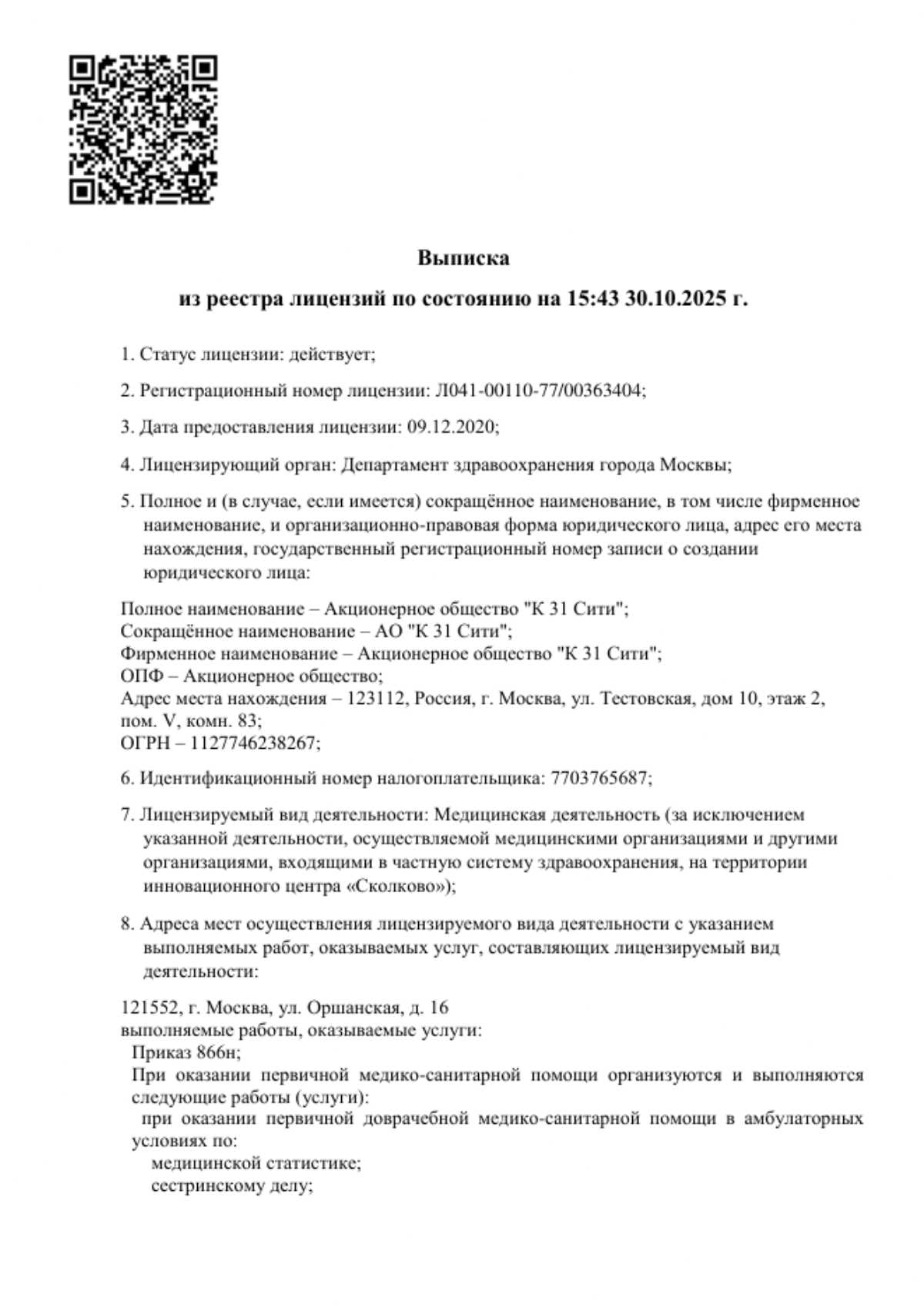
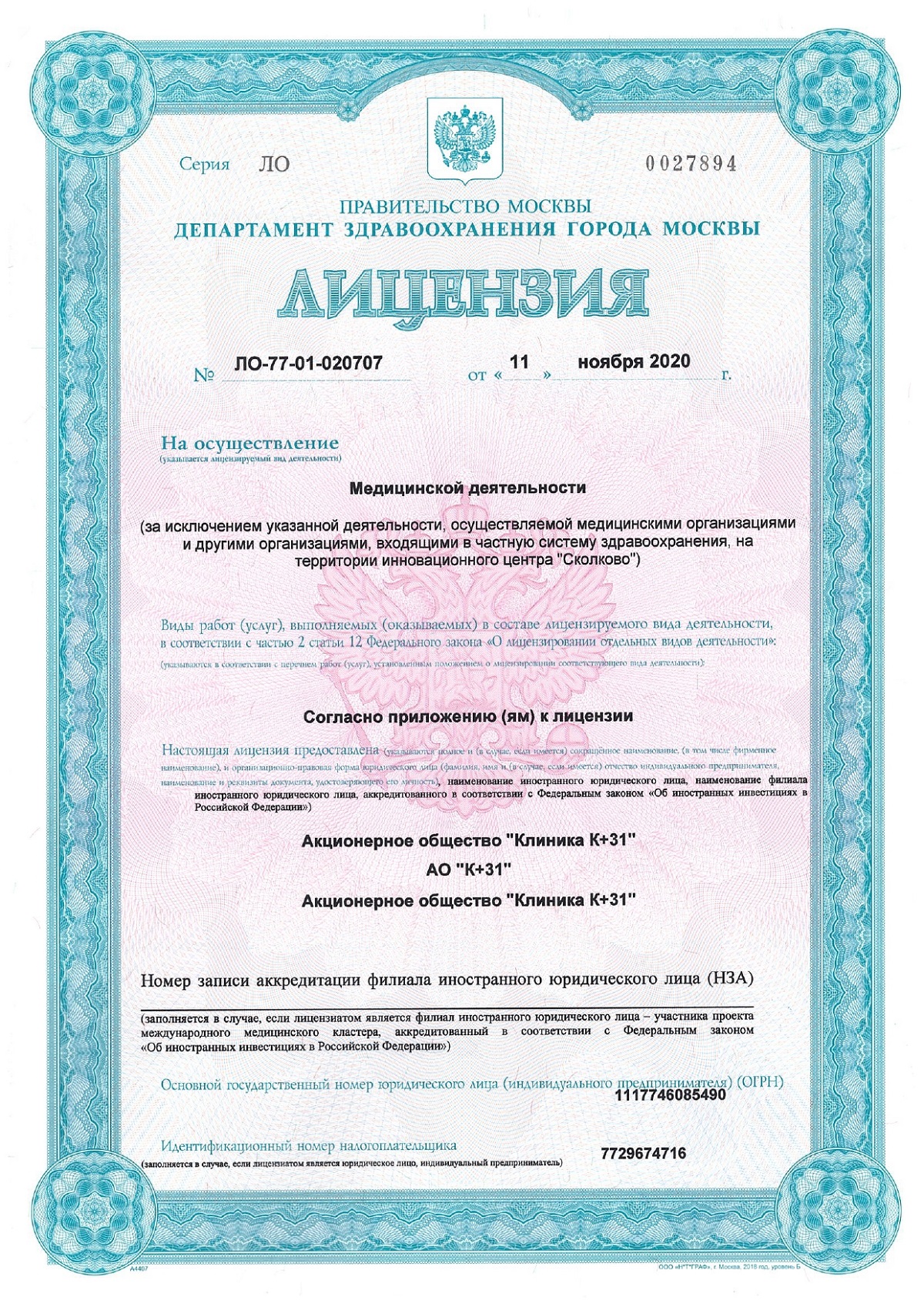
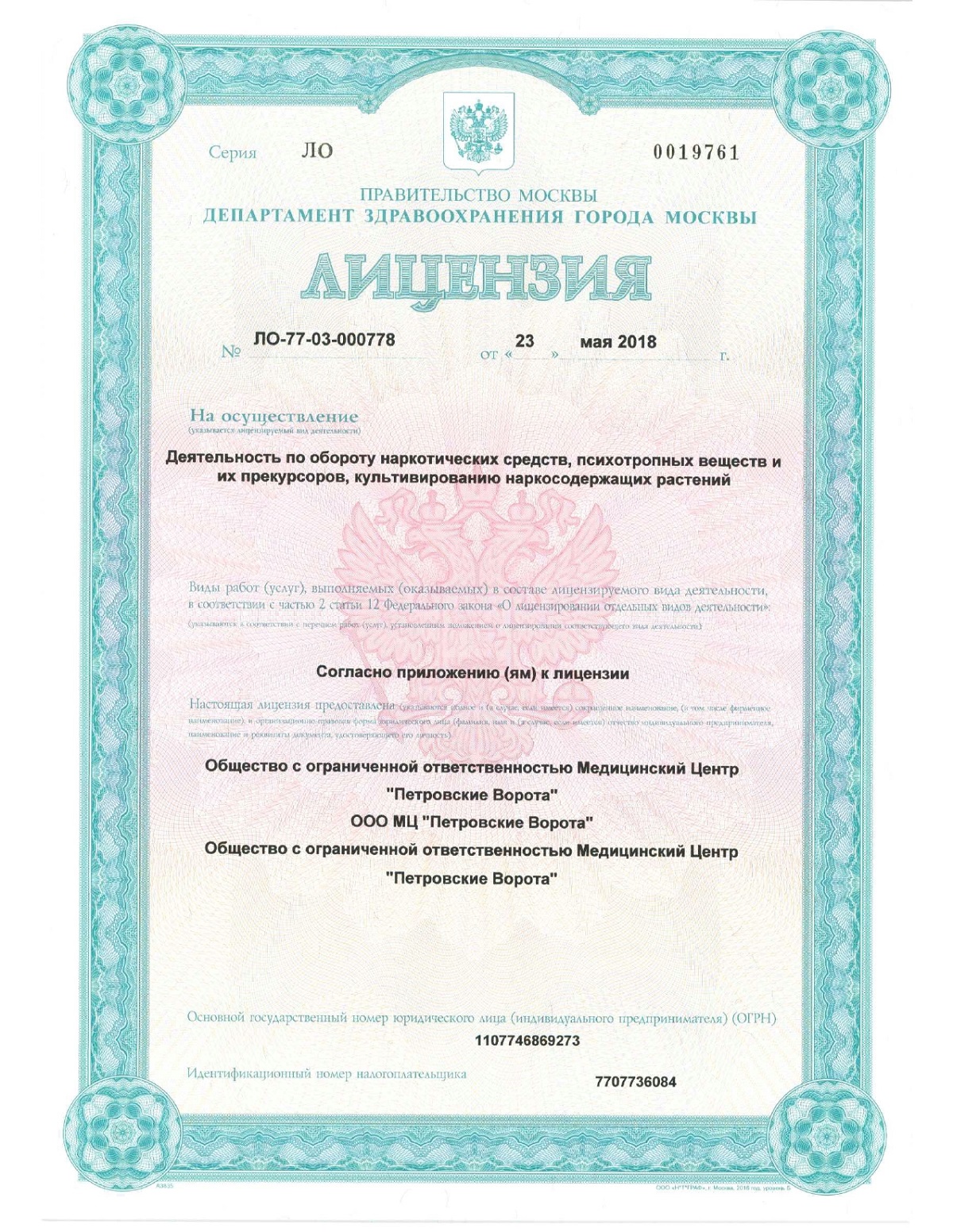
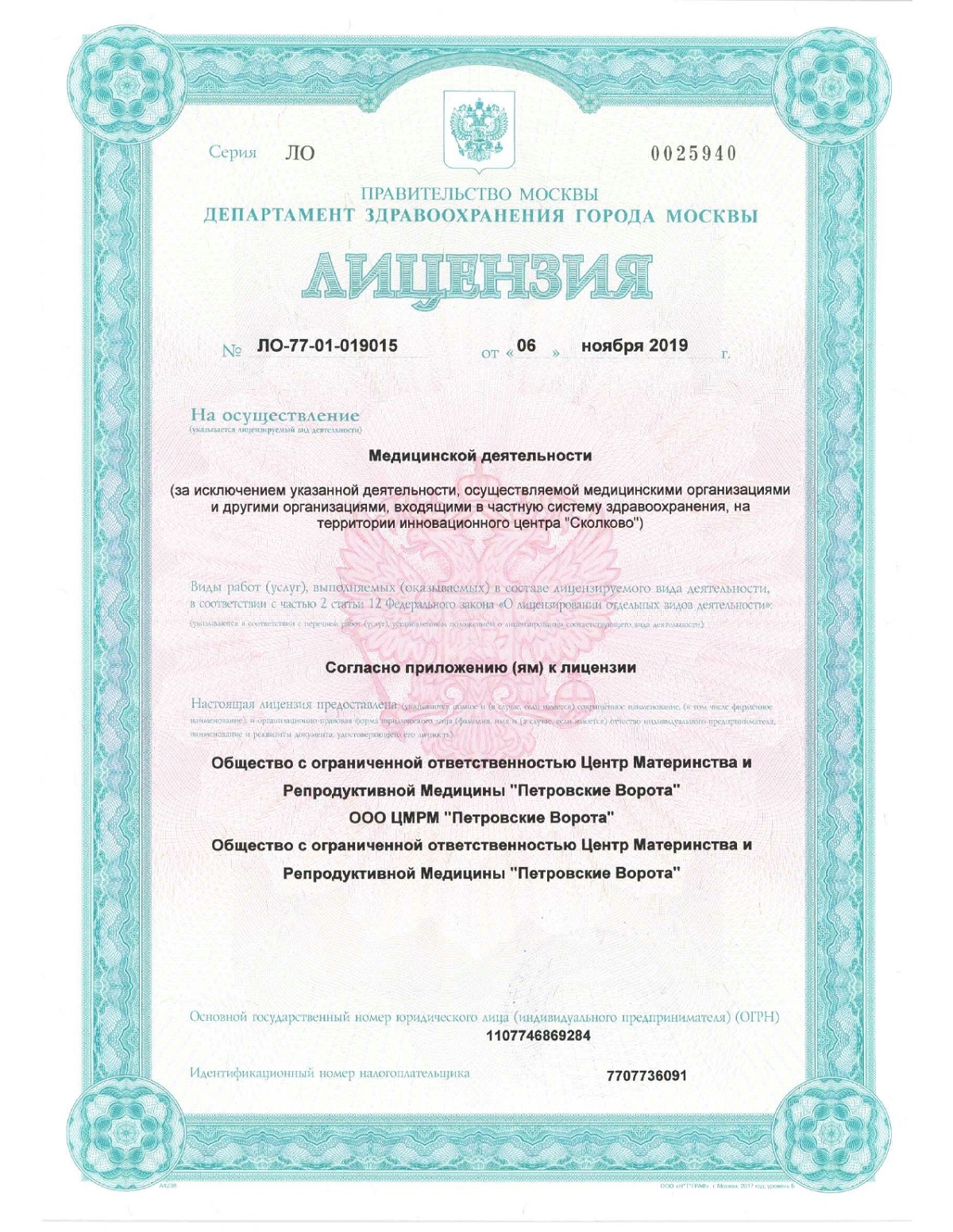
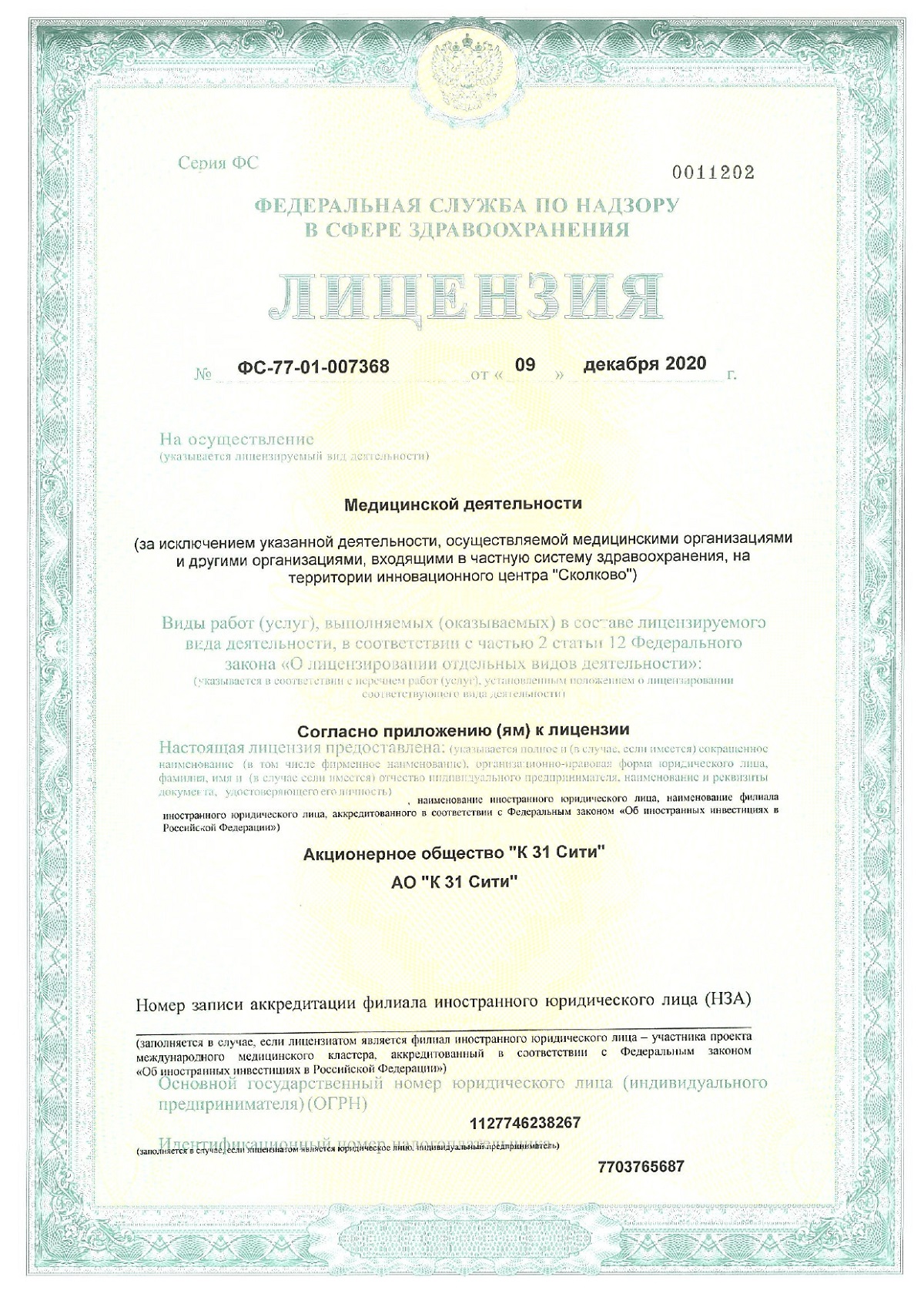



What are moles, the difference from warts
Moles are benign skin lesions that occur as a result of a localized accumulation of cells (melanocytes) responsible for the production of the pigment melanin. They can be congenital or can appear during life under the influence of hormonal changes, ultraviolet radiation and other factors. Moles have different sizes, shapes and shades - from light brown to almost black, most often do not cause physical discomfort.
Warts, unlike moles, are viral formations that consist of overgrown epithelial cells of the skin. The main reason for their appearance is the human papillomavirus (HPV). Warts often have an uneven surface, can be multiple, and are prone to proliferation. They are transmitted by contact.
Since the nature of these neoplasms is different, the approach to their removal is also different. In the case of moles, mandatory diagnostics are required, which includes dermatoscopy and histological examination (to exclude oncology). Warts are usually removed without prior examination, since the risk of their malignant transformation is minimal.